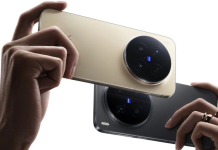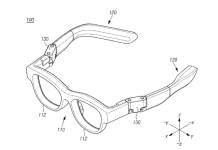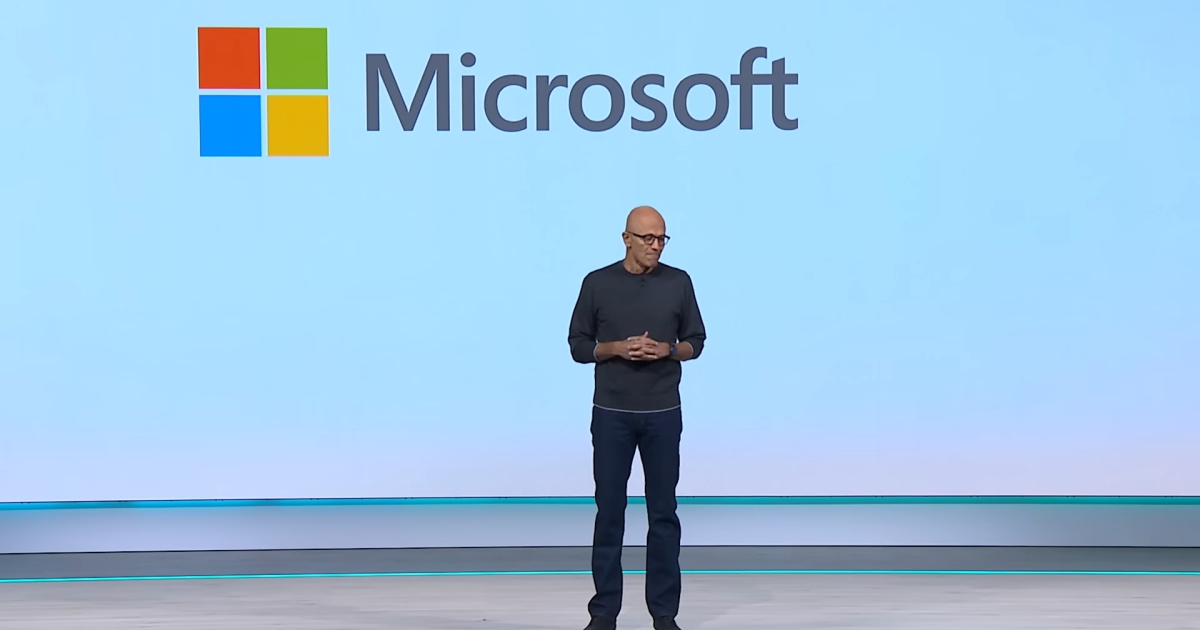
Microsoft is hosting its Build 2025 annual conference to announce its latest technology developments. The company showcased its long-term vision in AI, with plans to integrate artificial intelligence in Microsoft 365, AI in GitHub, a new platform called Microsoft Discovery, and more. The tech giant also unveiled a new AI-infused web experience where users can interact with the internet naturally instead of having to navigate through menus manually. Here are the top five key takeaways from Microsoft Build 2025.
Agentic Web Scrolling Using AI
Microsoft has announced a new open standard for the Internet called NLWeb. It lets websites communicate more efficiently with AI models. These can be used to transfer information directly to an AI agent, which will serve as the user’s digital assistant. The agent can also accept instructions from the user and perform tasks on a specific website.
Let’s understand this with an example. Let’s say you want to make a new post on a specific website. You can ask a supported AI agent to open the website for you, describe your post, and publish it on your behalf. This is currently not possible with modern chatbots, as they are limited to fetching data from the internet. Microsoft’s Agentic AI Web Experience will enable a two-way communication between the user and the web using AI agents.
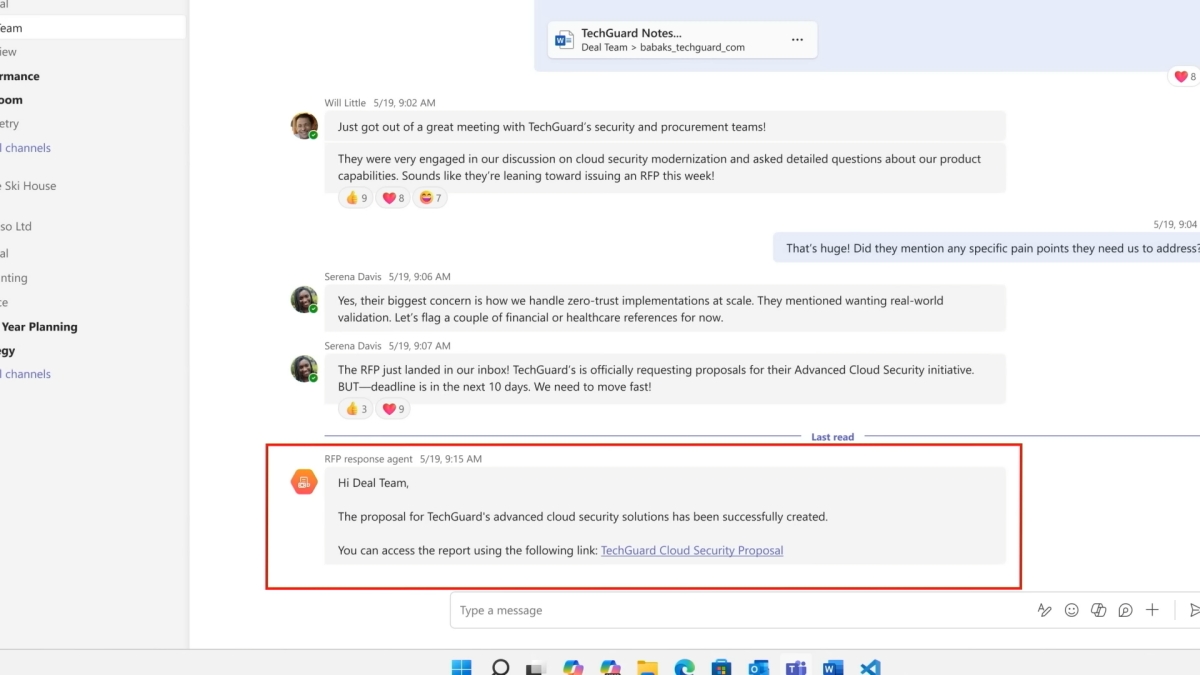
Microsoft Discovery
Microsoft Discover is a new platform announced by the company aimed at helping researchers and scientists. It integrates advanced AI models that can be used for simulations, breaking down complex data, performing difficult mathematical operations, and more. It can also help research and development by exploring new ideas through cognitive processes.
The tool can also provide graph-based reasoning, generate links between two large datasets, and even review existing research progress to find potential faults. Microsoft says it’s an enterprise-ready service that large organisations can use to streamline their R&D.
Advanced CoPilot Integration in GitHub
Microsoft is transforming the CoPilot capabilities in GitHub from a coding assistant to an autonomous service that can write the entire code. For example, when a developer is writing a certain piece of code, the new GitHub can analyse it and complete the code, even when the user is away from the screen.
The company also showcased a feature where the new AI integration can be used for regular maintenance tasks. For example, when a certain server needs regular downtime for cleaning select files, it can be automated with high precision, without human intervention. The idea behind this is to use AI for repetitive tasks, so that human developers can focus on innovation.
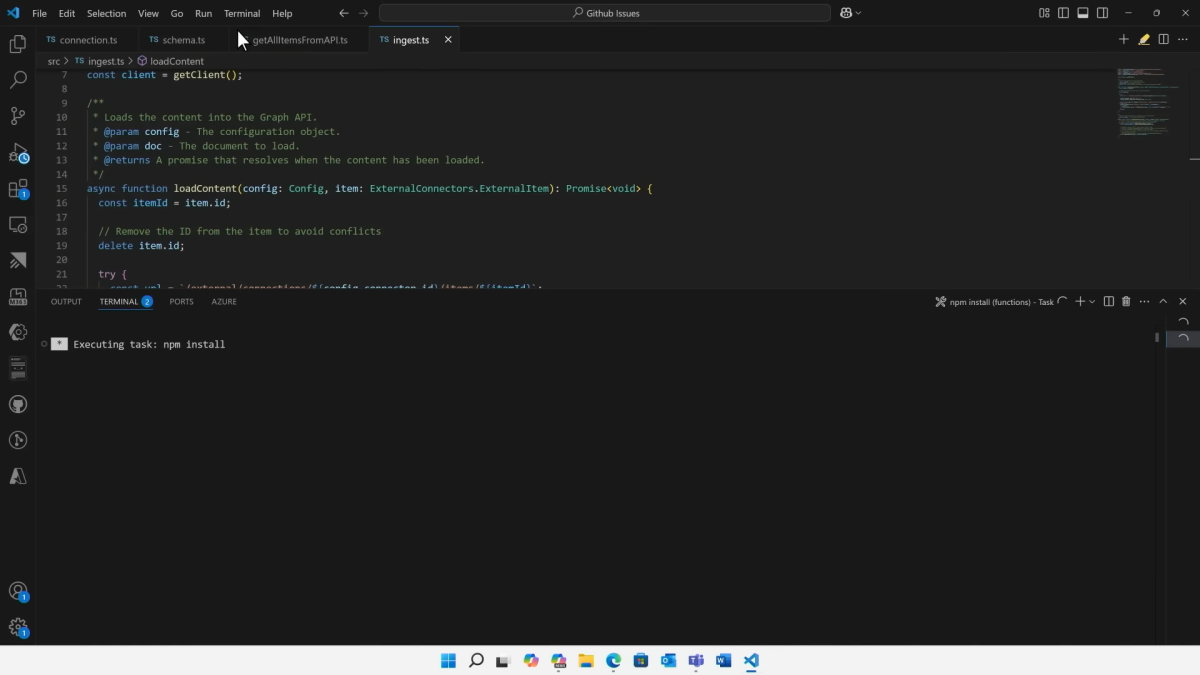
Edge Browser With On-Device AI
Microsoft has also revamped its Edge Browser with powerful AI capabilities. The company has integrated Phi-4-mini, a lightweight AI model, directly in the browser. It can perform tasks like summarization, rewriting, and even creative writing, without connecting to the cloud. This system will also benefit from CoPilot+ PCs featuring dedicated NPUs.
The new AI integration in the Edge browser will bring features like grammar correction, contextual writing, and more. It also has the potential to help developers analyse their code, but this could require a few updates. The feature will also have minimal latency as everything is processed locally on-device.
Microsoft Brings Elon Musk’s xAI to Azure
Azure is Microsoft’s flagship cloud service, and the company has announced a new partnership with Elon Musk’s xAI. The company will now host its advanced Grok 3 and efficient Grok 3 mini models on Azure infrastructure. This will be a notable addition to the Azure AI Foundry, which now supports more than 10,000 advanced large language models.
AI will also benefit from Azure’s servers’ higher speeds, efficiency, and improved latency. We can also expect some integrations of xAI tools across Microsoft tools. However, the company is currently more focused on utilising its GPT-4-based models in Office 365 and other services, as OpenAI remains its top AI partner.

